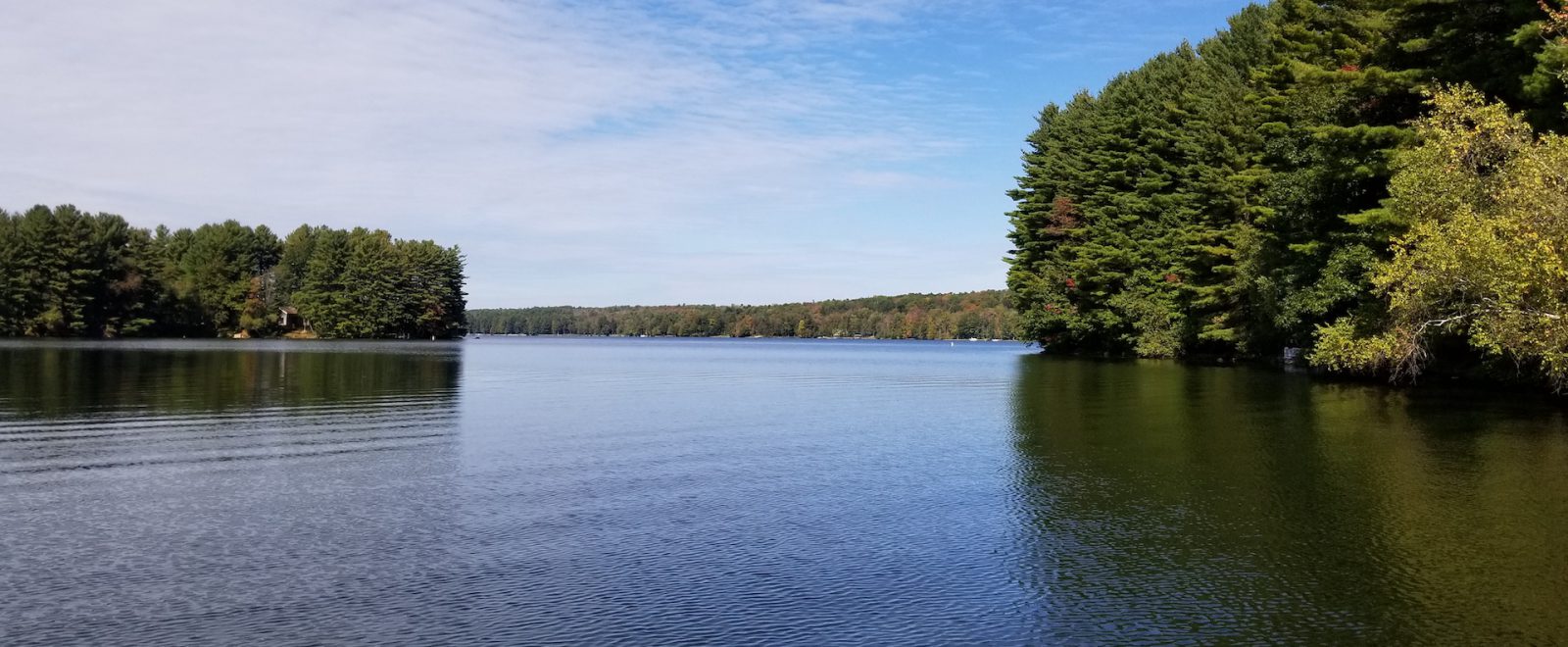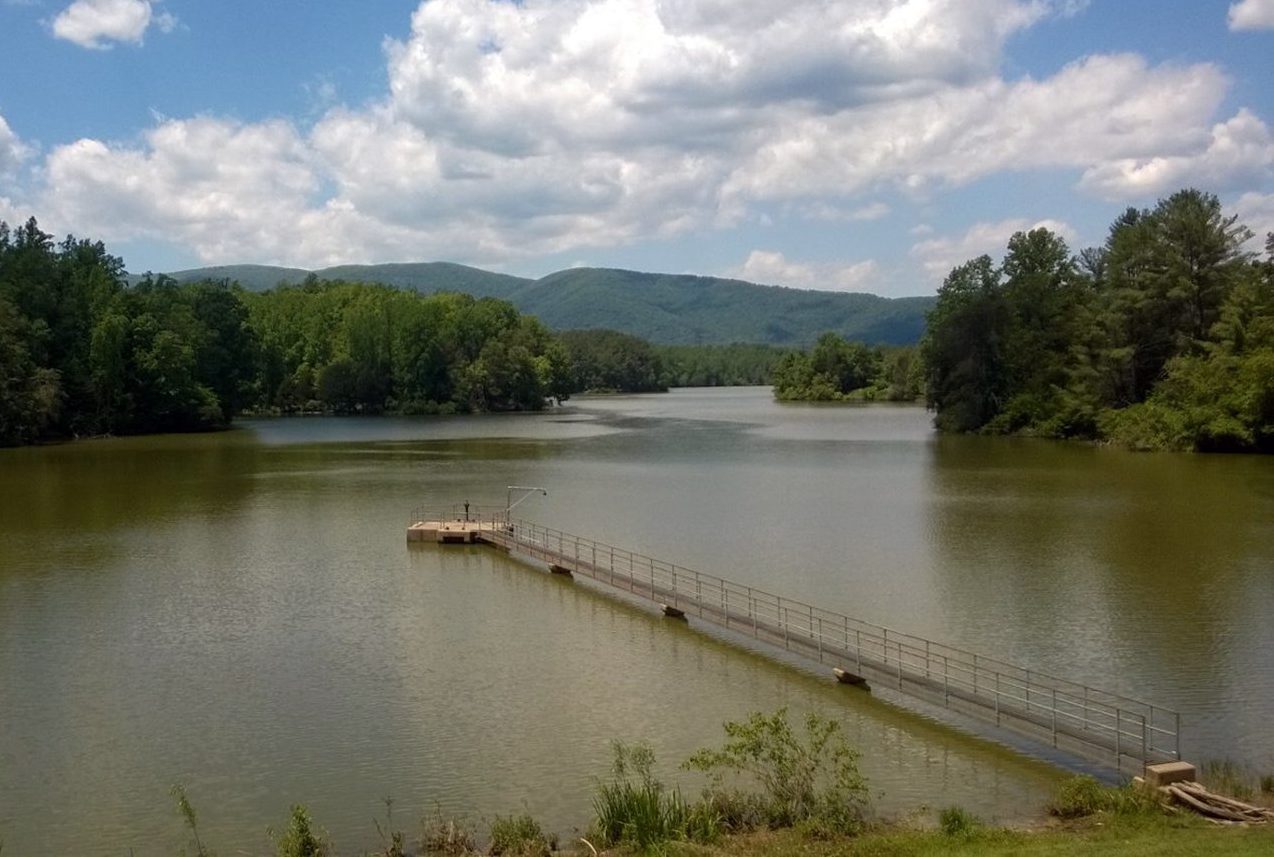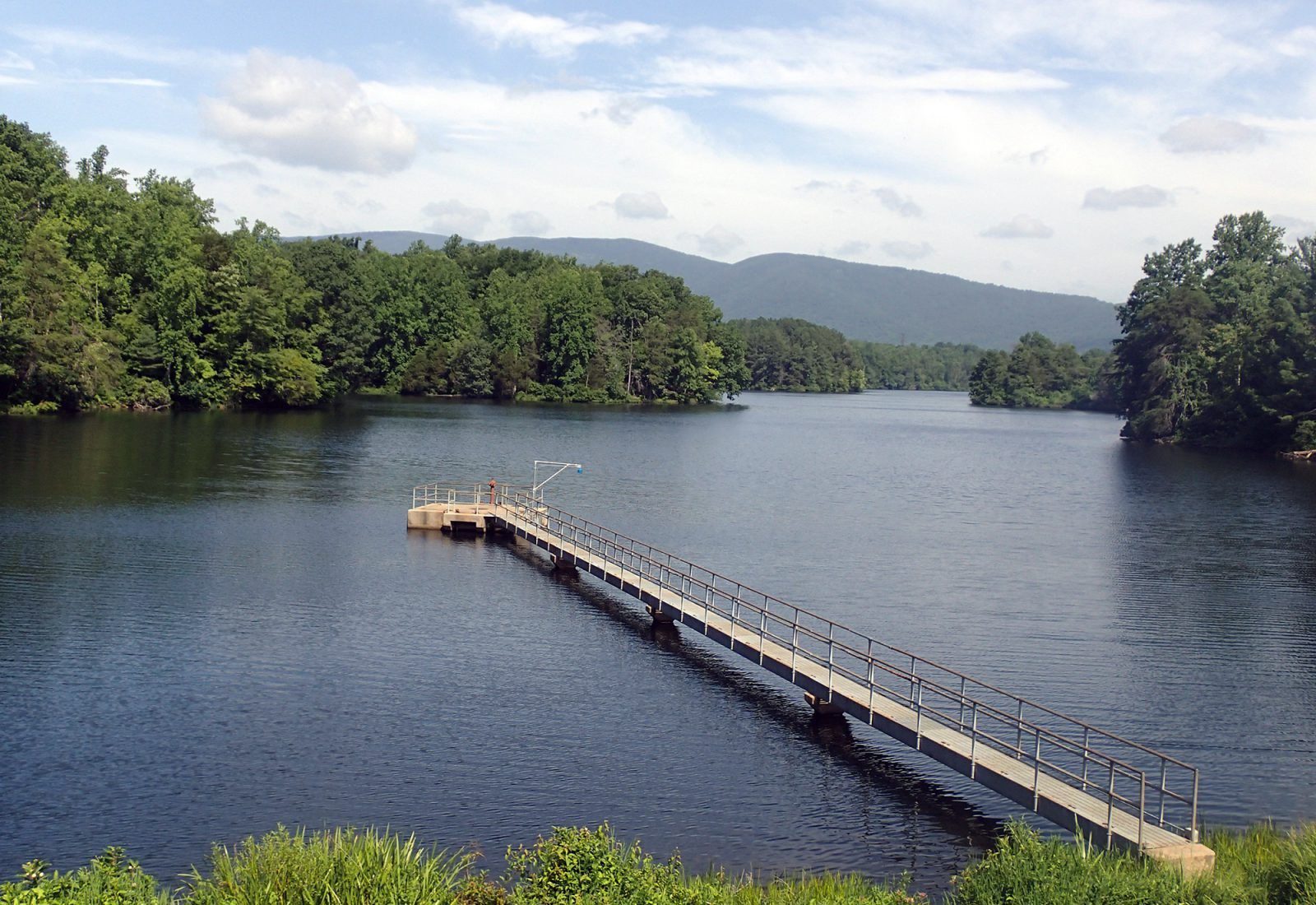
Cyanobacteria Management Solutions for Reservoirs
Cyanobacteria (blue-green algae) or Harmful Algal Blooms (HABs) induce water quality problems that are increasing in distribution and intensity throughout the United States. Their detrimental ecological, economic, and operational impacts include the production of taste and odor problems, fish kills, toxin production, swimming restrictions, and numerous impacts on drinking water treatment and supply. Blue-green algae can also be deadly to wildlife, pets, and humans, and is even connected to the development of neurodegenerative diseases such as ALS, Alzheimer’s, and Parkinson’s disease.
- Toxic Algae Management


Why manage cyanobacteria (blue-green algae) in drinking water reservoirs?
- Better water in equals better water out, while also reducing treatment costs.
- Prevention of excess organic cyanobacteria biomass shuts off production of cyanotoxins as well as taste and odor compounds at the source, before they get into the treatment plant.
- A strategic investment in the protection of supply reservoirs and lakes can reduce the need for more significant investment in the treatment plant, while also minimizing the potential for health and permit compliance issues with cyanotoxins and disinfection by-products.
Why should we be proactively treating?
- Without intervention, the cyanobacteria are likely to continually grow and increase the amount of toxins produced.
- Following an effective algaecide treatment, the dead cyanobacteria can no longer produce toxins.
- Toxins are more readily degraded outside of the cell (biodegradation) than in the treatment plant.
- Most cyanobacteria toxins will be diluted through the water (microcystins are water soluble) providing a lower exposure concentration that can’t aggregate.
Listen: What Is Cyanobacteria?
Toxin-producing cyanobacteria and harmful algae blooms (HAB’s) are a growing concern for water utilities that use surface water supplies across the country. On May 6, 2015, the U.S. Environmental Protection Agency (EPA) issued health advisory values that states and utilities can use to protect Americans from elevated levels of algal toxins in drinking water. Health advisories are not regulations, but provide technical guidance to help state and local officials and managers of water systems protect public health. They identify concentrations of contaminants above which adverse health effects are possible and provide testing methods and treatment techniques.
Surface Water Treatment Solutions
Surface Water Treatment Solutions
SOLitude Lake Management implements an Action Threshold (AT) based management philosophy following a proven system of Assessment, Prescription and Implementation.
Assessment: We work with water managers to assess reservoir conditions, evaluate water quality data and identify the species, location and density of the current algae and cyanobacteria populations. We will also perform a comprehensive analysis of past conditions and historical data related to water quality.
Prescription: Based on assessment information, water quality objectives and available resources, we will design a site specific management program. Innovative and efficient management technologies are utilized to proactively and preventively address cyanobacteria populations, and reactively control blooms, associated toxins, and taste and odor producing compounds that arise.
Surface Water Treatment Solutions
Surface Water Treatment Solutions
SOLitude Lake Management implements an Action Threshold (AT) based management philosophy following a proven system of Assessment, Prescription and Implementation.
Assessment: We work with water managers to assess reservoir conditions, evaluate water quality data and identify the species, location and density of the current algae and cyanobacteria populations. We will also perform a comprehensive analysis of past conditions and historical data related to water quality.
Prescription: Based on assessment information, water quality objectives and available resources, we will design a site specific management program. Innovative and efficient management technologies are utilized to proactively and preventively address cyanobacteria populations, and reactively control blooms, associated toxins, and taste and odor producing compounds that arise.
The following are several NSF/ANSI Standard 60 Certified treatment solutions SOLitude Lake Management utilizes to proactively control cyanobacteria and phosphorus in source water lakes and reservoirs.
SeClear Algaecide & Water Quality Enhancer® provides effective control of a broad-range of algae species while reducing in-water phosphorus levels with each application. The result is longer lasting control, improved water quality and reduced maintenance through time. Learn more: Virginia Drinking Water Case Study.
PAK® 27 Algaecide is the original peroxygen algaecide registered by the US EPA. This non-copper algaecide is particularly selective to blue-green algae (cyanobacteria) at low use rates. Learn more: California Drinking Water Case Study.
Surface Water Treatment Solutions
Reduce Phosphorus and Restore Water Quality
Excessive levels of phosphorus seriously degrade aquatic ecosystems and impair the use of water for aesthetics, drinking and recreation. Poor water quality, taste and odor issues, and exceeding federal and state water quality standards, are some of the negative results that can occur due to the accumulation and recycling of phosphorus in ponds, lakes, reservoirs and rivers. Learn more about the phosphorus locking technology of Phoslock.
Implementation: After determining the right management program to meet your specific needs and objectives, our professionals will implement all aspects of the management plan, including ongoing monitoring and engagement with water reservoir managers.
Water Quality and Algae Analysis
Routine assessment of water quality parameters provides valuable information about the health of a water body. Analysis and documentation of water quality parameters provides data necessary to trigger and assess management activities, establish and achieve ecological benchmarks and comply with regulatory standards.
To learn more about SOLitude Lake Management’s reservoir management services and solutions, click on the button below or call 888.840.LAKE.
If cyanobacteria blooms are treated, won’t that release toxins?
Not all cyanobacteria strains are capable of producing toxins and those that are may not always be producing toxins. In strains capable of producing cyanotoxins, it is possible toxins can be released following an algaecide treatment. However, this release can occur from an algaecide application or naturally when a population may crash. Either way, it is best to keep the cyanobacteria biomass at low levels to prevent in-plant issues associated with excess organic biomass and to reduce the risk of high cyanotoxin levels reaching the treatment plant.










